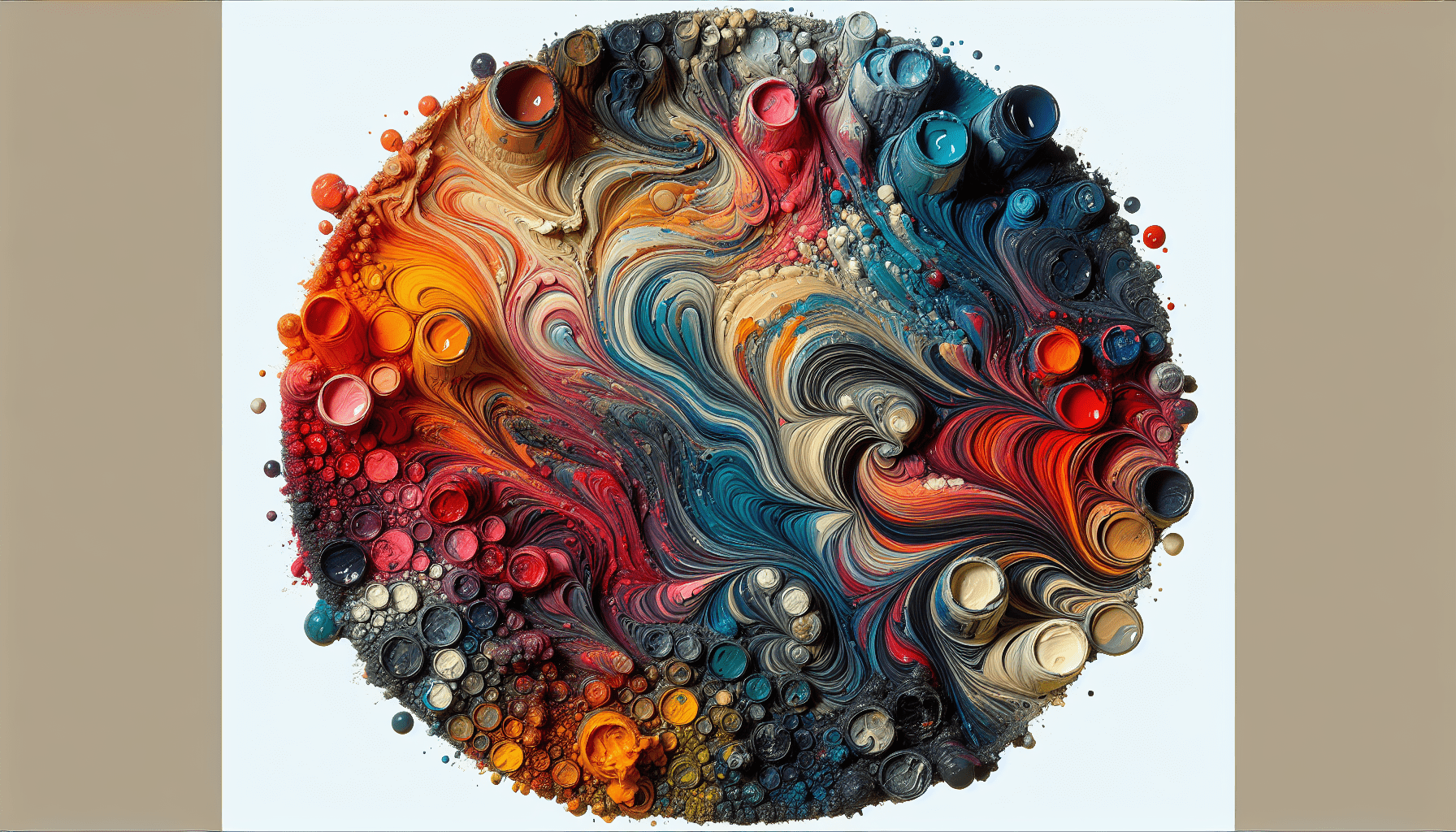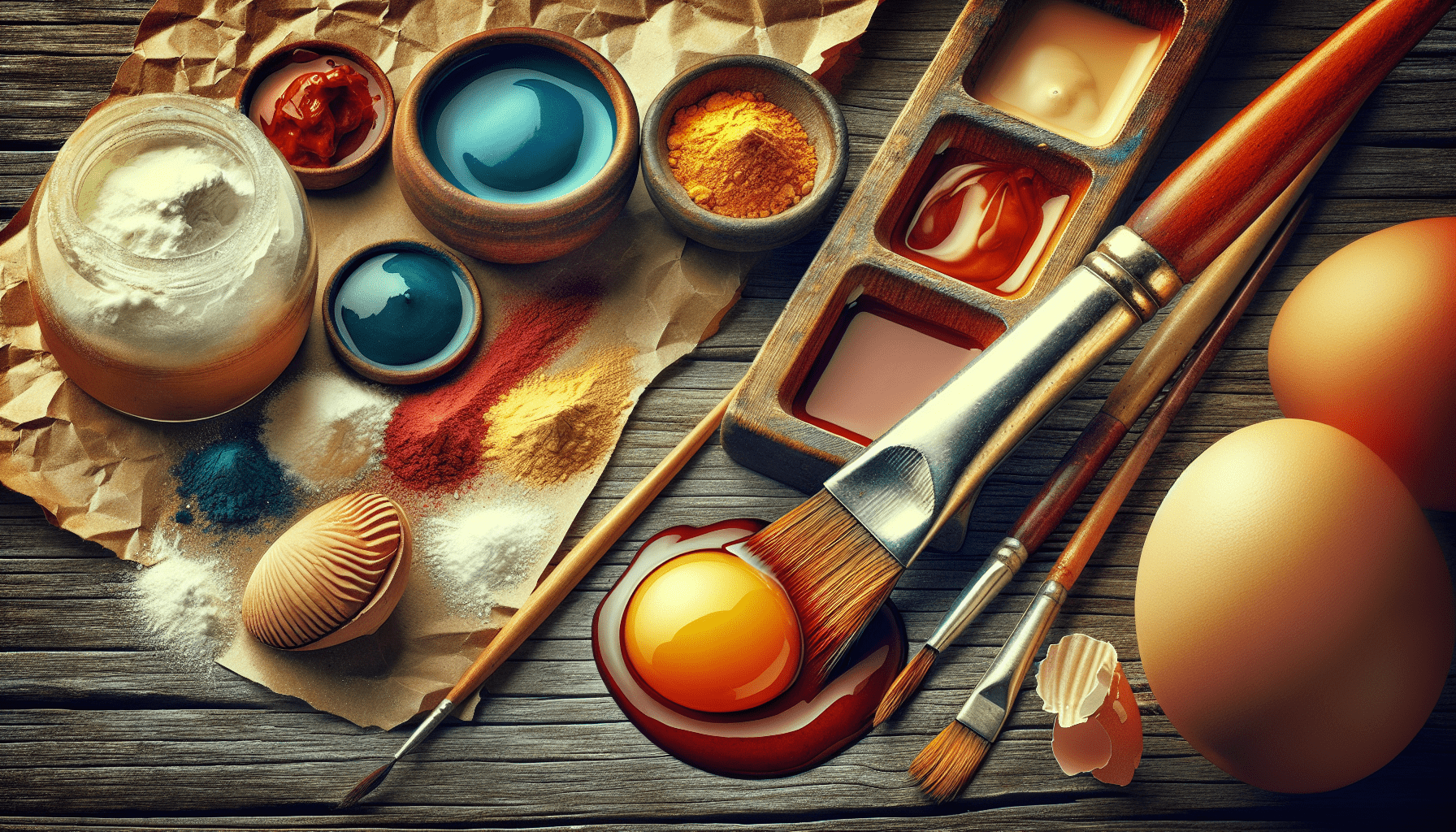In this article, you will explore the common question of whether tempera paint is waterproof. Understanding the properties of tempera paint and its ability to repel water is essential for artists, students, and anyone working with this popular medium. By examining the components of tempera paint and how it reacts to moisture, you will gain a comprehensive understanding of its waterproof capabilities. Is Tempera Paint Waterproof?
Have you ever wondered if tempera paint is waterproof? This popular type of paint has been around for centuries, but its properties can be a bit confusing when it comes to water resistance. In this article, we will explore the question of whether tempera paint is indeed waterproof, diving into its composition, uses, and how it reacts to water.
Understanding Tempera Paint
Before we dive into the waterproofing properties of tempera paint, let’s first understand what this type of paint is made of. Tempera paint is a type of paint that uses egg yolks as a binder, mixed with pigment. This traditional form of painting dates back to ancient civilizations such as Egypt and Greece, and has been used in various art forms throughout history.
Composition of Tempera Paint
Tempera paint is typically made of the following components:
- Pigment: The colorant that gives the paint its hue.
- Binder: The substance that holds the pigment together and binds it to the painting surface.
- Solvent: The liquid that helps make the paint more workable.
- Additives: Various substances added to improve the paint’s properties, such as drying time or texture.
Now that we understand the basic composition of tempera paint, let’s explore how these components affect its waterproofing capabilities.
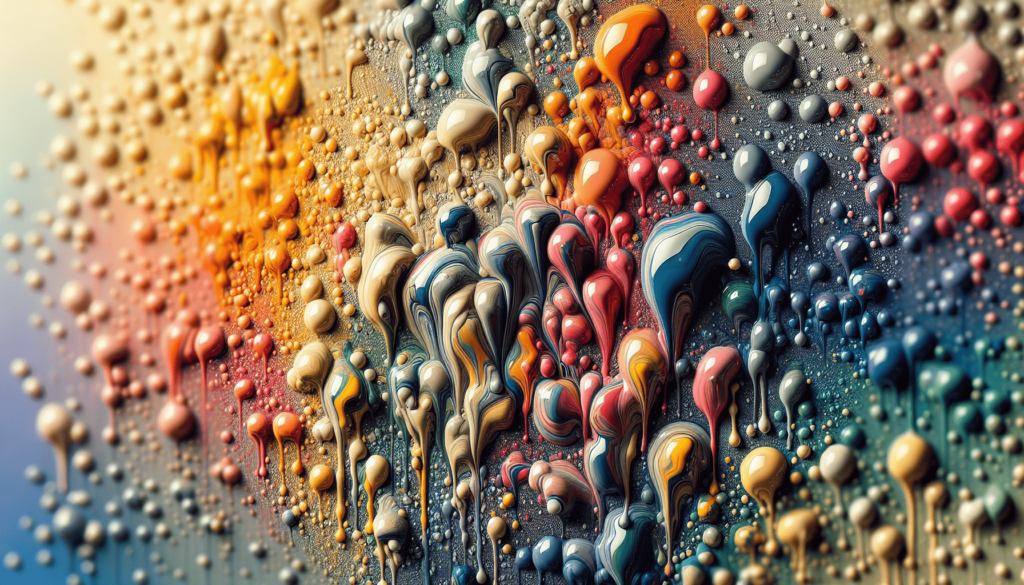
Waterproofing Properties of Tempera Paint
When it comes to water resistance, tempera paint is considered to be semi-waterproof. This means that while it can withstand some exposure to water, it is not completely waterproof like some other types of paint, such as oil paint or acrylic paint. The egg yolk binder in tempera paint can make it more susceptible to water damage, as it can break down when exposed to moisture for extended periods.
Effects of Water on Tempera Paint
When tempera paint comes into contact with water, it may experience the following effects:
- Fading: Water exposure can cause the colors in tempera paint to fade over time.
- Smudging: The pigments in tempera paint may smudge or run when exposed to water.
- Cracking: Water can cause the paint to crack as it dries, leading to damage to the painting surface.
While tempera paint may not be completely waterproof, there are ways to enhance its water resistance and protect your artwork from water damage.
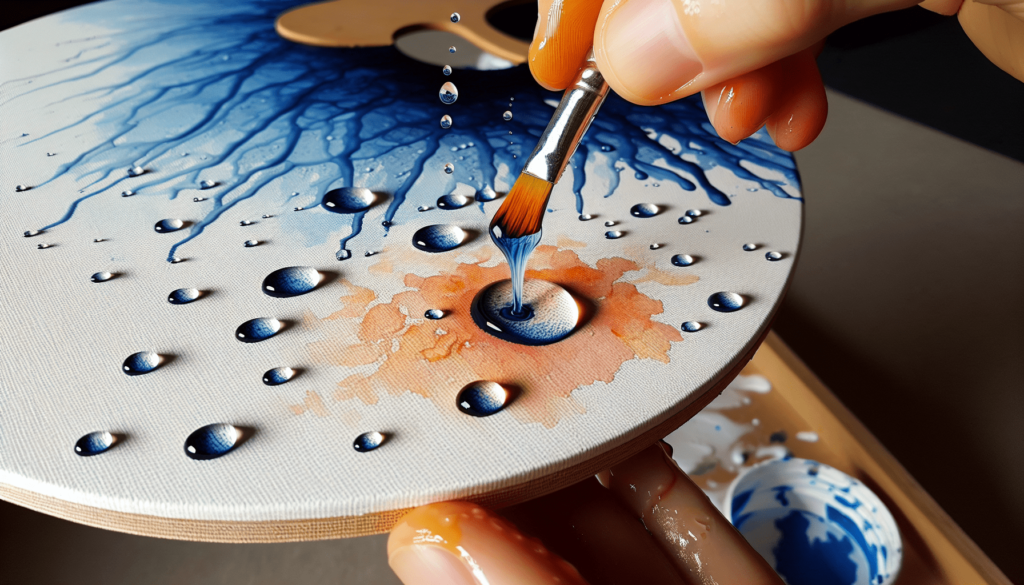
Enhancing Water Resistance of Tempera Paint
If you want to make your tempera paint more waterproof, there are several methods you can try to enhance its water resistance. These methods can help protect your artwork from water damage and preserve its vibrant colors for longer periods.
Varnishing
Applying a varnish to your tempera painting can help protect it from water damage. Varnishes create a protective barrier over the paint, preventing moisture from seeping through and causing damage. Make sure to use a varnish that is compatible with tempera paint for best results.
Sealing
Sealing your tempera painting with a sealant can also help enhance its water resistance. Sealants create a protective layer over the paint, sealing it off from moisture and preventing water damage. Be sure to choose a sealant that is suitable for tempera paint and follow the manufacturer’s instructions for proper application.
Framing
Proper framing can also help protect your tempera painting from water damage. Enclosing the painting in a frame with glass or acrylic glazing can create a barrier against moisture, keeping your artwork safe from water exposure. Make sure to use archival-quality materials to prevent any damage to the painting over time.
By taking these steps to enhance the water resistance of your tempera paint, you can ensure that your artwork stays vibrant and intact for years to come.
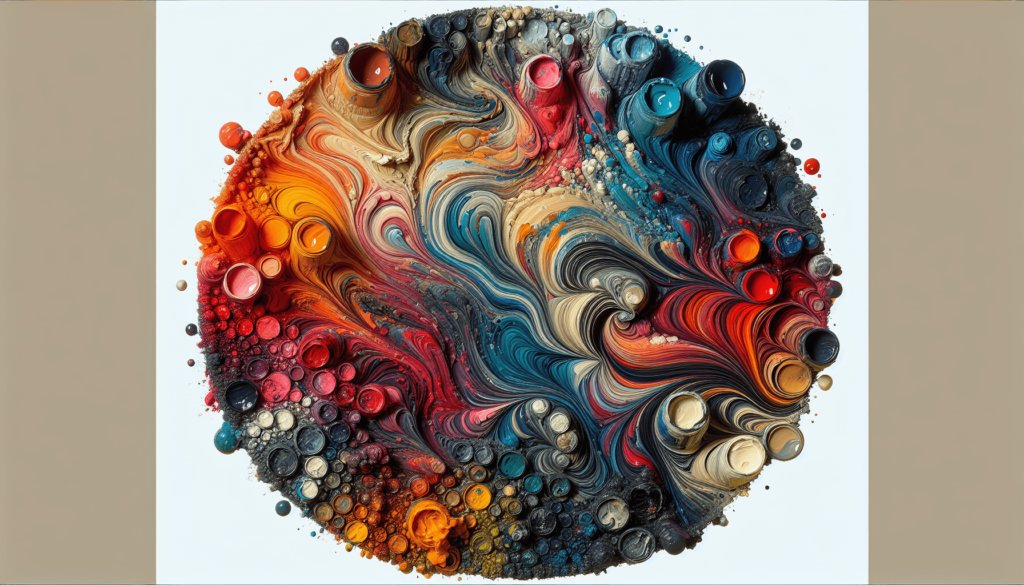
Tips for Preserving Tempera Paintings
In addition to enhancing the water resistance of your tempera paintings, there are other steps you can take to preserve them and keep them looking their best. Here are some tips for preserving tempera paintings:
Keep Away from Moisture
To prevent water damage, make sure to keep your tempera paintings away from moisture sources such as bathrooms, kitchens, or humid areas. Store them in a dry, well-ventilated space to protect them from potential water exposure.
Avoid Direct Sunlight
Direct sunlight can cause the colors in tempera paint to fade over time. To preserve your paintings, avoid hanging them in direct sunlight or in areas with intense light exposure. Consider using UV-filtering glass or acrylic glazing to protect your artwork from harmful UV rays.
Handle with Care
When handling your tempera paintings, be sure to do so with care to avoid damaging the delicate paint layers. Use clean hands or gloves to prevent smudges or fingerprints, and avoid touching the painted surface directly to preserve its integrity.
By following these tips for preserving tempera paintings, you can ensure that your artwork remains in top condition and continues to be enjoyed for years to come.
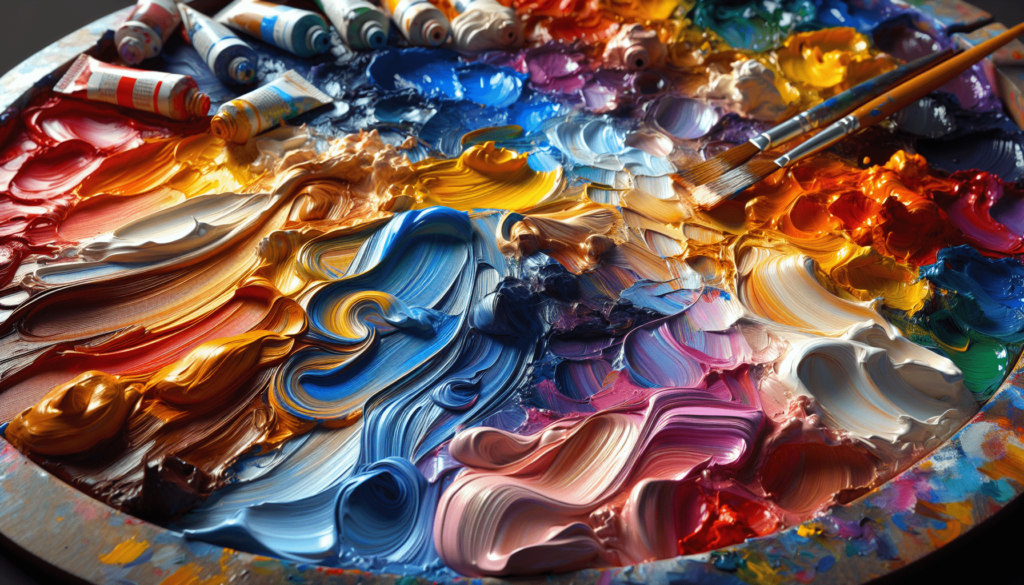
Conclusion
In conclusion, tempera paint is semi-waterproof, meaning that while it can withstand some exposure to water, it is not completely waterproof. By understanding the composition of tempera paint and its effects on water, you can take steps to enhance its water resistance and protect your artwork from water damage. By varnishing, sealing, and framing your tempera paintings properly, as well as following tips for preservation, you can ensure that your artwork stays vibrant and intact for generations to come.

